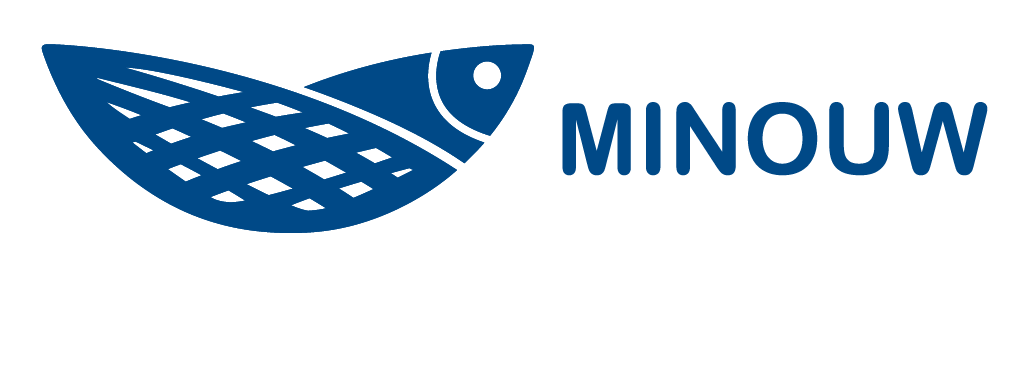Fishing method and species:
Trammel nets. Mesh size 120-160 mm (for Spiny Lobster), 67 mm (Cuttlefish) and 50 mm (Red Mullet)
What is the discards problem?
All species are affected by a lack of qualitative data on catches and by-catch, with the by-catch consisting mostly of undersized fish. In the Lobster fisheries the by-catch cannot be used commercially as it is usually in poor condition owing to the long ‘soaking time’ (six hours) when the nets are set. The by-catch here is mainly invertebrates, along with Maerl and Posidonia leaves.
What activities is the MINOUW project carrying out?
- Spiny Lobster: comparing the catch and discards of monofilament (new) and poly-filament (traditional) trammel nets.
- Spiny Lobster: comparing fishing with trammel nets with panels incorporating “greca” and without (traditional ones)
- Cuttlefish: conventional gear (67mm mesh size) will be compared with alternative gear of the same design and the same type of synthetic fiber but with 80mm mesh size.
- Cuttlefish: conventional gear (50mm mesh size) will be compared with gill-net of 50mm mesh size.
What outcomes are expected?
- To understand what factors lead to discarding practices, and how new technologies (modifications to nets) and changes in fishing practices can mitigate the problem of discards.

